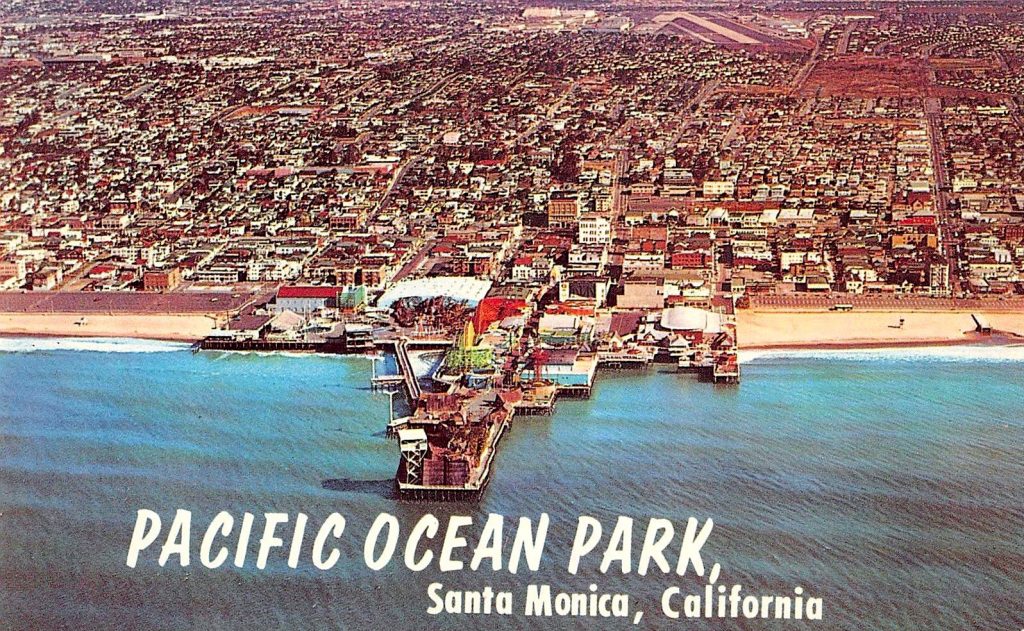At about 8:05 p.m. Nov. 3, anyone in San Mateo County who cared knew that its (almost) all-mail election was a resounding success.
That’s when the county published the results from 68,988 ballots which arrived by mail before that Election Day began. The election wasn’t completely over, but those votes amounted to just over 75 percent of all ballots cast in the county, where turnout was up by just over 3 percent from two years earlier. At that time, mail ballots went only to voters who requested them and just 25 percent of those eligible actually voted.
Even then, mail ballots accounted for 77 percent of the votes cast in 2013. This fall, with what used to be called “absentee” ballots sent to every registered voter in the county, mail votes accounted for fully 97 percent of the total of 96,200 cast. Just 2,133 live votes were cast in a handful of locations around the county where voting machines were available to anyone who wanted them for several weeks before Election Day.
The same sort of thing happened in two similar all-mail elections in Yolo County in 2013, when vote totals did not change much from previously, but there were significant cost savings.
In San Mateo County, all this precluded any late-night tension on Election Night. It was over almost before it started. By the time three-quarters of the votes are counted on the usual Election Night, most candidates have long-since given victory speeches or conceded. Only unusually tight races drag on into the night.
That was not going to happen in San Mateo County, where final results awaited the 25,000-odd ballots carrying postmarks of Nov. 3 or earlier, but didn’t reach the county voting registrar before Election Day. Those results weren’t completely added in to the final totals until nine days after the election, so there wasn’t much point in anyone staying up deep into the night.
It was all part of a three-year experiment that will be suspended for the presidential election year of 2016, but resume two years from now with the next off-year elections.
The early readings on this trial are all positive. Not only was participation up among registered voters, but the actual number of ballots cast rose by about 15,000 from the average of the previous three elections.
Then there were costs – way down. Not only did the county save on renting space for polling places, but there was no need for pre-election testing of the more than 1,000 voting machines usually deployed. And there were no more than the usual number of mismarked ballots. “Voting by mail is not really complicated,” Mark Church, the county clerk and registrar, told a reporter.
What about fraud, the big fear expressed by skeptics who have long feared that marking ballots at home, at work or wherever people like can lead to pressure on voters and other forms of coercion? So far, there are no reports of any such problems, just as that sort of problem has been rare since the late 1970s, when mail ballots became available to all voters, not just those planning to be absent on Election Day.
Monetary savings came from needing only 32 “universal” polling stations, where anyone registered in the county could vote regardless of home address. These replaced the more than 200 polling places used in other recent elections, even elections that saw mail ballots account for three-quarters of the vote. Fewer polling places meant less need to deploy trucks, saving more money. It also reduced the need for one-day poll workers from the previous 1,700 to about 150, saving between $148 and $180 for each worker not hired, an approximate savings of about $250,000.
The bottom line here is that elections will cost less in the future, they will be conducted mostly in homes, where voters can examine sample ballots and ballot proposition booklets at leisure while they vote. This was already happening to a large extent: Last year’s statewide primary saw 69 percent of all votes cast by mail.
One good thing is that this will soon cause most counties to get rid of the vast majority of voting machines, long controversial because of tampering fears.
And that means future voting will be done earlier and earlier, forcing frontloaded campaigns at every level.













